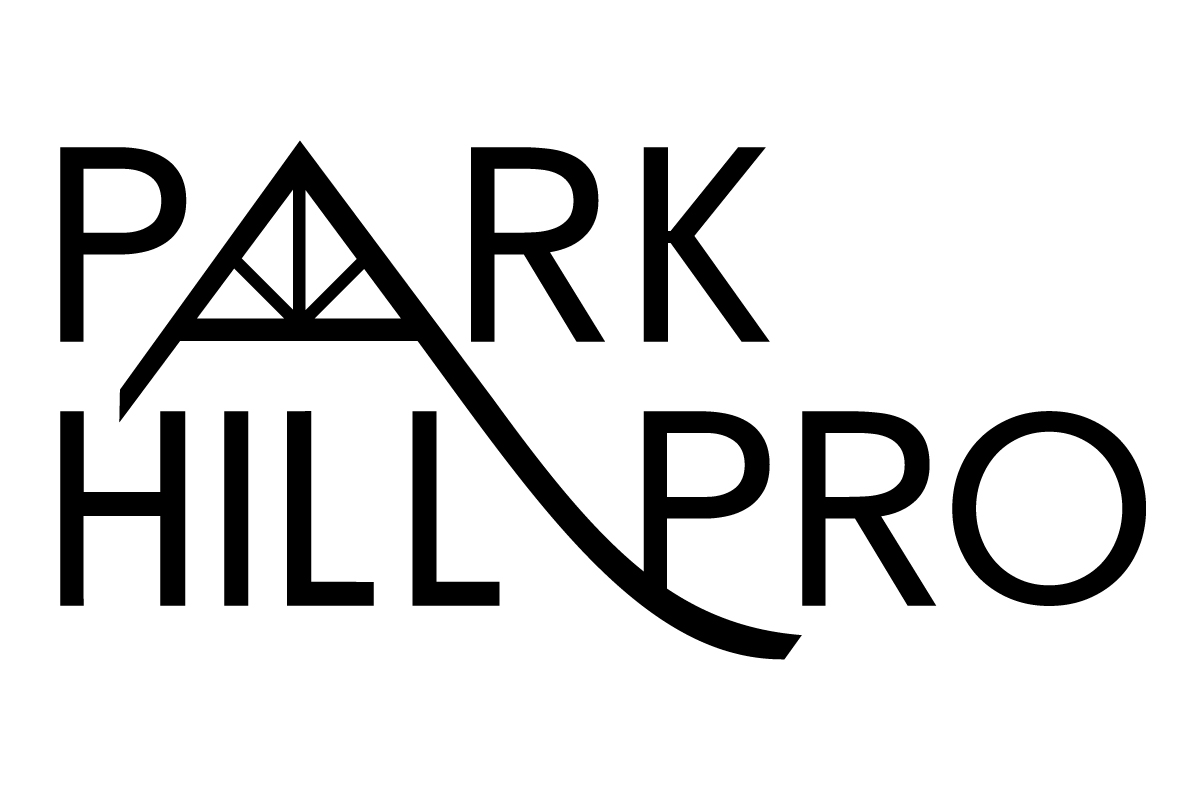Trying to purchase a home in Denver can be a stressful and disappointing experience. Many of the attractive homes listed receive multiple offers, meaning many buyers get rejected often. However, there are a variety of offering strategies the savvy buyer can use to put their offer in the number one position. It’s important for the buyer’s agent to call before making an offer, to see which combination of these strategies would work best. Here are some of the ways I’ve gotten buyers under contract in lieu of multiple offers.
Denver Buying Strategies:
1, Be First Scheduling a showing on the first available day and submitting a strong first offer will show the sellers that you are serious. This is best coupled with #2.
2. Put a Timer on it Many listing agents like to collect offers as they come in and present them to their sellers at the beginning of the next week. This is a great way to create a bidding war, but not so great for the savvy buyer. We want to avoid bidding wars by getting our offer accepted within the first 48 hours. The way to do this is by making a strong, early offer with a short window for acceptance, such as 6-12 hours. If the buyer’s agent was able to get enough information from the listing agent to create the right offer, there’s a good chance the sellers will accept.
3. Waive Inspection Objection (retain termination rights) You’ll still want to get an inspection, but this bit of legal jargon (written by lawyers) added to the contract means you won’t be sending a list of inspection objection items to the seller. However, you’ll retain the right to terminate the contract based on inspection. For the seller, this means you won’t give them a headache trying get discounts for things brought up during inspection. For the buyer, you still get to walk away if there is something wrong with the house.
4. Be flexible on Dates For some sellers, terms are more important than price. If the sellers have a tight timetable, offer to let them stay in the home for a few weeks after closing at no charge. Two weeks on your mortgage (which you usually first pay a few months after closing anyway) might be worth $500-1000, but for the sellers having their home for an additional 2 weeks may be worth more than $5,000 in offering price. Sellers choose terms over price all the time.
5. Offer Cash If you can offer cash this is always the strongest offer. Cash allows you to close quickly and not have to wait for the loan. If you can’t offer in cash but want to, it’s possible to use a hard money lender to purchase the home in cash and then refinance into a more traditional loan- though perhaps not the most cost effective strategy.
6. Escalation Clause An escalation clause is a bit of verbiage added to the end of the contract which allows for the value of the offer to rise based on the value of the other offers coming in. This means the buyer can offer a set amount with a range for competition. For example: a buyer could offer 300k with an escalation clause of +$1,000 over the next highest offer, up until 325k. This would mean that any additional offer coming in between 300-324k would trigger the offer of the first buyer to escalate to a value of $1000 higher than the competing offer. This is a nice way for the buyer to offer a bit less than their absolute highest limit, while still retaining the competitive advantage of having a higher offer.
7. Offer money towards or over Appraisal If you’re using a loan, the offers you make will be contingent on the property appraisal. So, while offers way above list price sound impressive, what really matters is the buyers’ ability to add money over appraisal. The property probably won’t appraise much higher than listed price, and so what sellers often look for are offers that include cash above the appraised amount. For example: Offering 375k on a home listed for 350k, with 15k towards appraisal up to offered amount. What this means is, if the home appraises at 360k or below, the buyer will bring an additional 15k cash to closing. If it appraises between 360-375k, the buyer will make up the difference to reach 375k. It may seem strange to offer more than appraised value, but in a market where home values can rise 50k+ annually it can make sense.
8. Waive Appraisal A riskier move. If you are confident about the value of the home and what you want to offer, waiving the appraisal can be a very effective method for getting your offer accepted. By adding this legal jargon to the end of your offer, you are communicating to the sellers that you will be able to purchase the home at the offered price regardless of appraisal. This is a riskier version of #7 and not something I encourage first time buyers to do.
9. Increase Earnest Money A classic move, increasing the earnest money shows the sellers that you are serious about closing on this house. This is best used in conjunction with another strategy.
10. Make Earnest Money Hard Making the earnest money “hard,” or non-refundable means that once under contract, you won’t get your earnest money back if you decide to walk away from the deal for any reason. Another, less risky version of this is to make earnest money hard after a set number of days. For example, you could offer for earnest money to go hard after 10 days, giving you the buyer time to get an inspection and make sure the house is in good condition before making your earnest money non-refundable. These strategies- used together with the right timing- are what winning offers look like. If you have any questions about one or all of the strategies listed above, please contact me.
Good Luck!
-Erik




